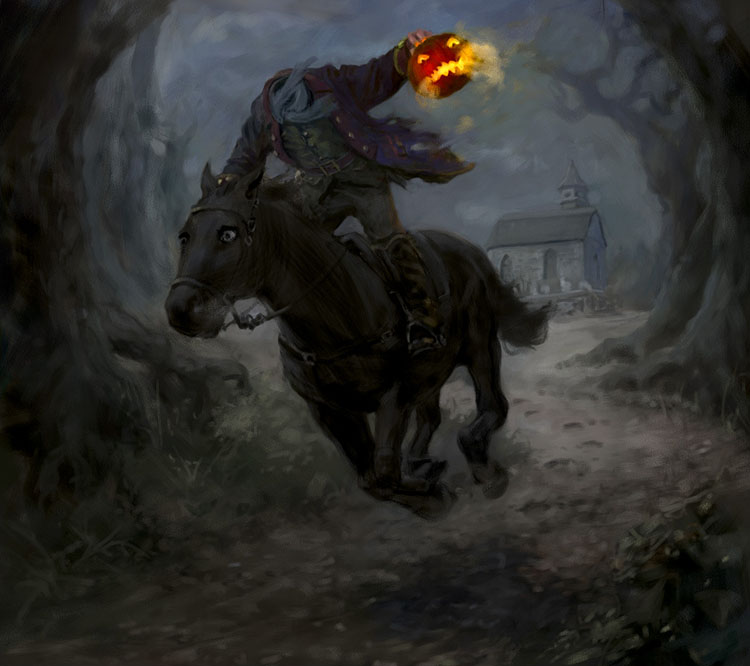
Superman: Whatever Happened to the Man of Tomorrow? by Alan Moore
My rating: 4 of 5 stars
A recent discussion with a friend regarding what I disliked about the film Man of Steel led to us reminiscing about the Superman comics we’d grown up with, which led in turn to him recommending this collection of stories from the 1980s that I somehow missed back in the day.
Briefly, in 1986, after decades of publication and hundreds of issues, DC Comics announced plans to reboot Superman… to toss everything that had come before and start over at issue #1, the destruction of Krypton, Ma and Pa Kent finding the baby in the crashed spaceship, the whole thing. But before that new series debuted, the publisher saw an opportunity that’s rare in ongoing comic-book titles, the chance for closure, to provide a definitive ending to the classic era of the Man of Steel… or, as he was once known, the Man of Tomorrow.
The two-part tale that lends its title to this collection, “Whatever Happened to the Man of Tomorrow?” (originally published in Superman #423 and Action Comics #583), is flat-out brilliant. Written by comic legend Alan Moore (Watchmen) and structured in the form of a flashback (from the futuristic year of 1997!) narrated by Lois Lane, the “last” Superman story tells of Kal-El’s old enemies and allies coming together for one final confrontation, with fatal consequences for many of them, including — apparently — Superman himself. While there are plenty of deaths and an overall elegaic tone, the story never gets too heavy, and it ends on an absolutely perfect note, quite literally with a wink and a smile. For older fans who loved the Superman of an earlier era, it’s a wonderfully satisfying, nostalgic conclusion. The art by Curt Swann and George Perez is perfect as well, clean and bright, a touch old-fashioned perhaps but very pleasing, and exactly the way I remember Superman comics looking when I was a kid.
Rounding out this trade paperback are two additional stories by Moore that are unrelated but have a similar tone and theme to “Whatever Happened.” In “The Jungle Line,” originally published in DC Comics Presents #85 with art by the great Al Williamson, Superman has been infected by an extra-terrestrial fungus. Delusional and not trusting himself to fly safely, he drives south, intending to die well away from anyone who might be hurt by his super-powered death throes. But the jungle he finds himself in is home to another denizen of the DC universe, the hideous but kindly Swamp Thing, who makes telepathic contact with the stranger in his realm and tries to help him fight the ravaging hallucinations.
Finally, in “For the Man Who Has Everything” from Superman Annual #11 (art by Dave Gibbons), the Man of Steel is held captive by a telepathic alien plant that grants the illusion of the victim’s greatest desire… in this case, a “normal” life on an unexploded Krypton. While his friends Batman and Wonder Woman fight to save him in the real world, Kal-El comes to realize the “life” he’s living is nothing but illusion…
Taken together, these four stories all form an interesting meditation on the core of the classic Superman’s character: his desire for a normal human life as a husband and father balanced against his superhuman nobility and sense of duty. Unlike more modern superhero stories, which would present these ideas with clenched jaws and grim self-loathing, these tales have a lighter touch, more humor and optimism, and a sense that, while Superman may wish he had a different life, he’s not all that unhappy with the one he’s got, because he’s serving a purpose. It’s a refreshing change from the modern superhero idiom, and a lot of fun to read.
View all my reviews
Save
 Ghost Story by Peter Straub
Ghost Story by Peter Straub







